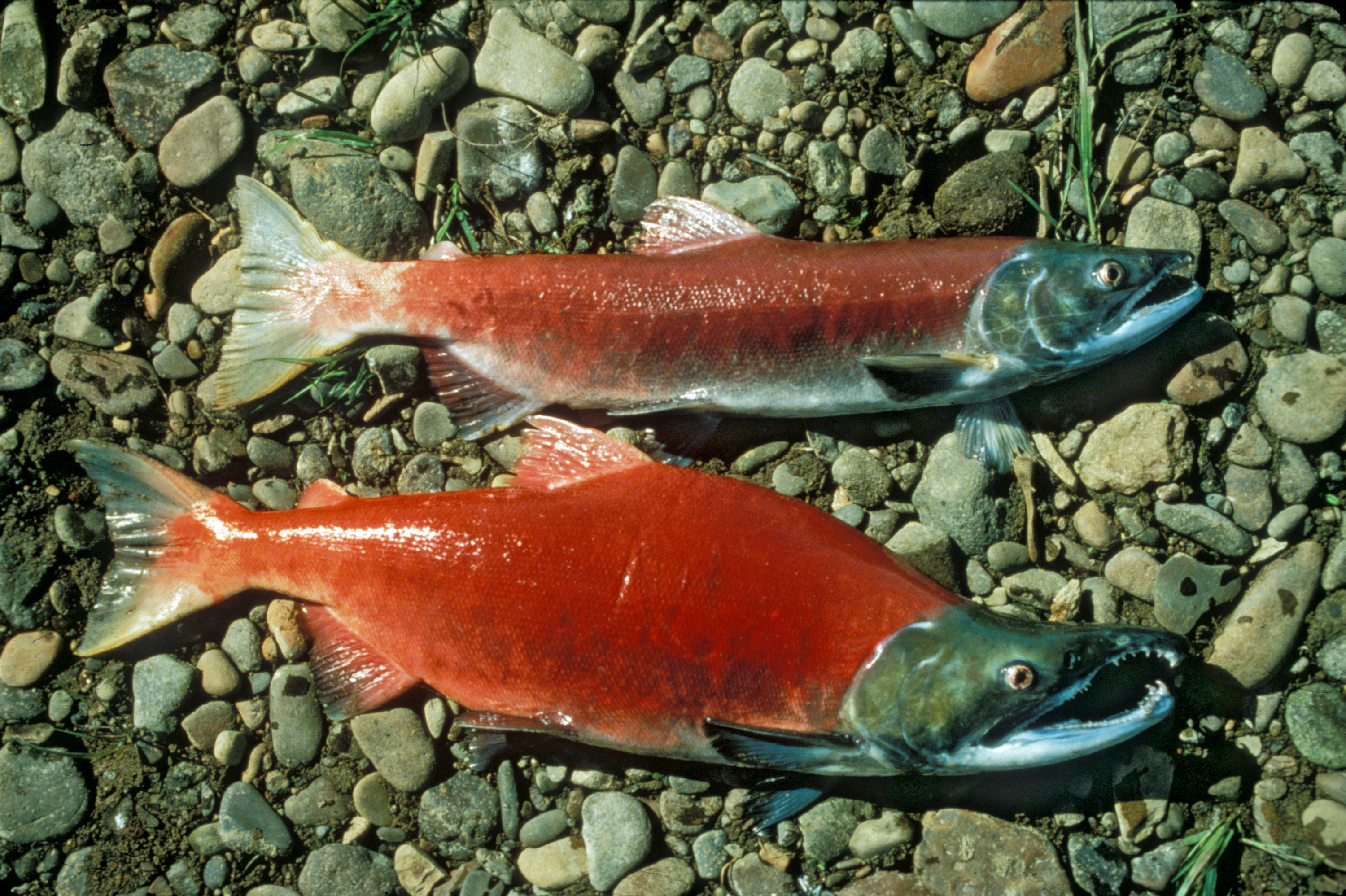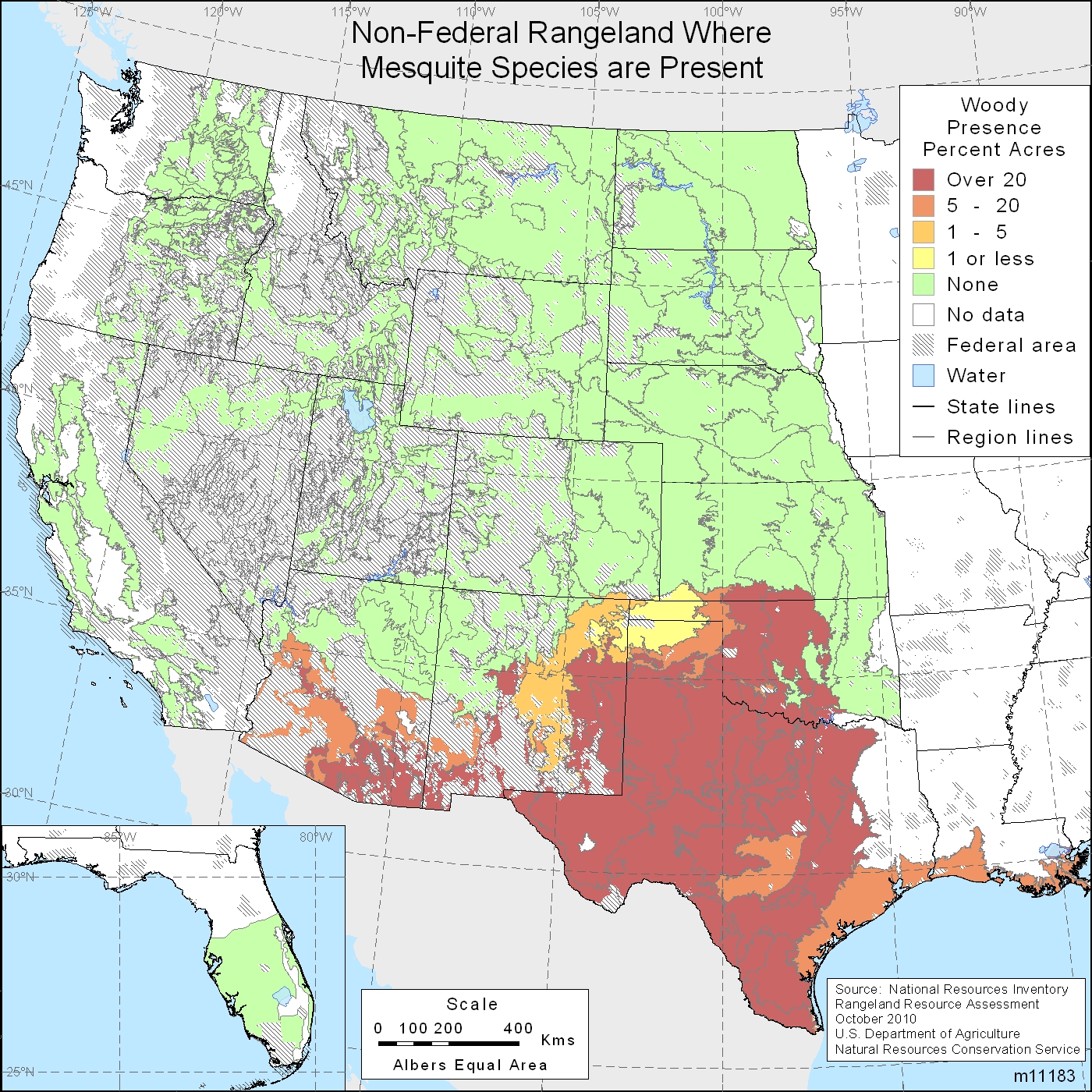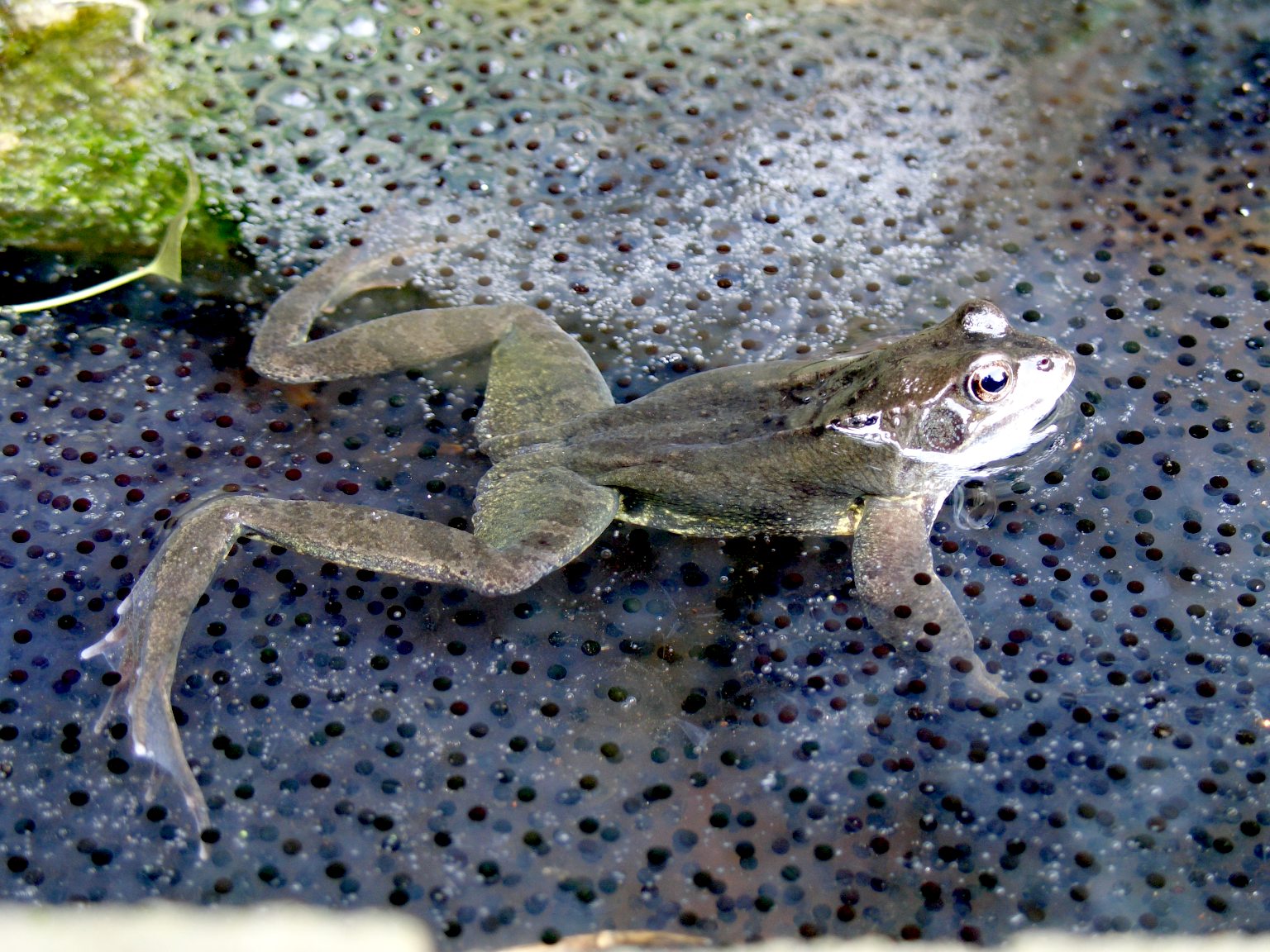|
Socorro Sowbug
''Thermosphaeroma thermophilum'' is a crustacean in the family Sphaeromatidae. It is commonly known as the Socorro isopod or Socorro sowbug. It was endemic to the thermal water of Sedillo Spring, located in Socorro County, New Mexico. Harriet Richardson first described the Socorro isopod in 1897. As of 2006, it resides in captive populations at the Socorro Isopod Propagation Facility (SIPF), Albuquerque Biological Park (ABP), the Minnesota Zoo, the New Mexico Department of Game and Fish Laboratory in Santa Fe, and by the Department of Biology at New Mexico Tech. It was reintroduced following a near-extinction incident in 1988. The wild population became extinct when a tree root burst the pipe and cut off water flow to the concrete pools. Description The body size of the Socorro isopod is sexually dimorphic, varying noticeably depending on gender. Males tend to reach 7.1 millimeters in length on average (4-13 millimeter range). Meanwhile, females tend to reach 5.1 millimeter ... [...More Info...] [...Related Items...] OR: [Wikipedia] [Google] [Baidu] |
Harriet Richardson
Harriet Richardson Searle (May 9, 1874 – March 28, 1958) was an American carcinologist. She was known as the first lady of isopods and was one of the first female carcinologists, with only Mary Jane Rathbun before her. Biography Richardson was born on May 9, 1874, in Washington, D.C., to Charles and Charlotte Ann Richardson. She attended the Friends School and Mount Vernon Seminary in Washington before attending Vassar College - where she became interested in biology - from which she graduated in 1896 with an A.B., and again with a master's degree in zoology in 1901. In 1901 Richardson was appointed Collaborator in the Division of Marine Invertebrates at the National Museum of Natural History. She earned her PhD in the same field from Columbian University (now George Washington University) in 1903. Richardson began working with the Smithsonian in 1896. She worked at the museum unpaid by the Smithsonian for about twenty years. During this time she produced more output than ma ... [...More Info...] [...Related Items...] OR: [Wikipedia] [Google] [Baidu] |
Semelparity And Iteroparity
Semelparity and iteroparity are two contrasting reproductive strategies available to living organisms. A species is considered ''semelparous'' if it is characterized by a single reproduction, reproductive episode before death, and ''iteroparous'' if it is characterized by multiple reproductive cycle, reproductive cycles over the course of its lifetime. ''Iteroparity'' can be further divided into continuous iteroparity (primates, including humans and chimpanzees) and seasonal iteroparity (birds, dogs, etc.) Some Botany, botanists use the parallel terms monocarpy and polycarpy. (See also plietesials.) In truly ''semelparous'' species, death after reproduction is part of an overall strategy that includes putting all available resources into maximizing reproduction, at the expense of future life (see #Trade-offs, § Trade-offs). In any ''iteroparous'' population there will be some individuals who happen to die after their first and before any second reproductive episode, but unless ... [...More Info...] [...Related Items...] OR: [Wikipedia] [Google] [Baidu] |
Dragonfly
A dragonfly is a flying insect belonging to the infraorder Anisoptera below the order Odonata. About 3,000 extant species of dragonflies are known. Most are tropical, with fewer species in temperate regions. Loss of wetland habitat threatens dragonfly populations around the world. Adult dragonflies are characterised by a pair of large, multifaceted, compound eyes, two pairs of strong, transparent wings, sometimes with coloured patches, and an elongated body. Many dragonflies have brilliant iridescent or metallic colours produced by structural coloration, making them conspicuous in flight. An adult dragonfly's compound eyes have nearly 24,000 ommatidia each. Dragonflies can be mistaken for the closely related damselflies, which make up the other odonatan infraorder ( Zygoptera) and are similar in body plan, though usually lighter in build; however, the wings of most dragonflies are held flat and away from the body, while damselflies hold their wings folded at rest, al ... [...More Info...] [...Related Items...] OR: [Wikipedia] [Google] [Baidu] |
Mesquite
Mesquite is a common name for some plants in the genera ''Neltuma'' and '' Strombocarpa'', which contain over 50 species of spiny, deep-rooted leguminous shrubs and small trees. They are native to dry areas in the Americas. Until 2022, these genera were traditionally included in a broad view of the genus '' Prosopis'', but that genus is now restricted to a few species native to the Old World. Mesquites have extremely long roots to seek water from very far under ground. As they are legumes, mesquites are one of the few sources of fixed nitrogen in the desert habitat. The trees bloom from spring to summer. They often produce fruits known as "pods". Mesquites are able to grow up to tall, depending on site and climate. They are deciduous and depending on location and rainfall have either deep or shallow roots. Mesquites are considered long-lived because of the low mortality rate after the dicotyledonous stage and juveniles are also able to survive in conditions with low light and ... [...More Info...] [...Related Items...] OR: [Wikipedia] [Google] [Baidu] |
Juniper
Junipers are coniferous trees and shrubs in the genus ''Juniperus'' ( ) of the cypress family Cupressaceae. Depending on the taxonomy, between 50 and 67 species of junipers are widely distributed throughout the Northern Hemisphere as far south as tropical Africa, including the Arctic, parts of Asia, and Central America. The highest-known juniper forest occurs at an altitude of in southeastern Tibet and the northern Himalayas, creating one of the highest tree lines on earth. Description Junipers vary in size and shape from tall trees, tall, to columnar or low-spreading shrubs with long, trailing branches. They are evergreen In botany, an evergreen is a plant which has Leaf, foliage that remains green and functional throughout the year. This contrasts with deciduous plants, which lose their foliage completely during the winter or dry season. Consisting of many diffe ... with needle-like and/or scale-like leaves. They can be either monoecious or dioecious. The female Conif ... [...More Info...] [...Related Items...] OR: [Wikipedia] [Google] [Baidu] |
Detritus
In biology, detritus ( or ) is organic matter made up of the decomposition, decomposing remains of organisms and plants, and also of feces. Detritus usually hosts communities of microorganisms that colonize and decomposition, decompose (Remineralisation, remineralise) it. Such microorganisms may be decomposers, detritivores, or coprophages. In terrestrial ecosystems detritus is present as plant litter and other organic matter that is intermixed with soil, known as soil organic matter. The detritus of aquatic ecosystems is organic substances suspended in the water and accumulated in depositions on the floor of the body of water; when this floor is a seabed, such a deposition is called marine snow. Theory The remains of decaying plants or animals, or their tissue parts, and feces gradually lose their form due to physical processes and the action of decomposers, including grazers, bacteria, and fungi. Decomposition, the process by which organic matter is decomposed, occurs in ... [...More Info...] [...Related Items...] OR: [Wikipedia] [Google] [Baidu] |
Leaf
A leaf (: leaves) is a principal appendage of the plant stem, stem of a vascular plant, usually borne laterally above ground and specialized for photosynthesis. Leaves are collectively called foliage, as in "autumn foliage", while the leaves, stem, flower, and fruit collectively form the Shoot (botany), shoot system. In most leaves, the primary Photosynthesis, photosynthetic Tissue (biology), tissue is the palisade mesophyll and is located on the upper side of the blade or lamina of the leaf, but in some species, including the mature foliage of ''Eucalyptus'', palisade mesophyll is present on both sides and the leaves are said to be isobilateral. The leaf is an integral part of the stem system, and most leaves are flattened and have distinct upper (Glossary of botanical terms#adaxial, adaxial) and lower (Glossary of botanical terms#abaxial, abaxial) surfaces that differ in color, Trichome, hairiness, the number of stomata (pores that intake and output gases), the amount and ... [...More Info...] [...Related Items...] OR: [Wikipedia] [Google] [Baidu] |
Cyanobacteria
Cyanobacteria ( ) are a group of autotrophic gram-negative bacteria that can obtain biological energy via oxygenic photosynthesis. The name "cyanobacteria" () refers to their bluish green (cyan) color, which forms the basis of cyanobacteria's informal common name, blue-green algae. Cyanobacteria are probably the most numerous taxon to have ever existed on Earth and the first organisms known to have produced oxygen, having appeared in the middle Archean eon and apparently originated in a freshwater or terrestrial environment. Their photopigments can absorb the red- and blue-spectrum frequencies of sunlight (thus reflecting a greenish color) to split water molecules into hydrogen ions and oxygen. The hydrogen ions are used to react with carbon dioxide to produce complex organic compounds such as carbohydrates (a process known as carbon fixation), and the oxygen is released as a byproduct. By continuously producing and releasing oxygen over billions of years, cyanobacte ... [...More Info...] [...Related Items...] OR: [Wikipedia] [Google] [Baidu] |
Invertebrate
Invertebrates are animals that neither develop nor retain a vertebral column (commonly known as a ''spine'' or ''backbone''), which evolved from the notochord. It is a paraphyletic grouping including all animals excluding the chordata, chordate subphylum Vertebrata, i.e. vertebrates. Well-known Phylum, phyla of invertebrates include arthropods, molluscs, annelids, echinoderms, flatworms, cnidarians, and sponges. The majority of animal species are invertebrates; one estimate puts the figure at 97%. Many invertebrate taxon, taxa have a greater number and diversity of species than the entire subphylum of Vertebrata. Invertebrates vary widely in size, from 10 Micrometre, μm (0.0004 in) myxozoans to the 9–10 m (30–33 ft) colossal squid. Some so-called invertebrates, such as the Tunicata and Cephalochordata, are actually sister chordate subphyla to Vertebrata, being more closely related to vertebrates than to other invertebrates. This makes the "invertebrates" para ... [...More Info...] [...Related Items...] OR: [Wikipedia] [Google] [Baidu] |
Omnivore
An omnivore () is an animal that regularly consumes significant quantities of both plant and animal matter. Obtaining energy and nutrients from plant and animal matter, omnivores digest carbohydrates, protein, fat, and fiber, and metabolize the nutrients and energy of the sources absorbed. Often, they have the ability to incorporate food sources such as algae, fungi, and bacteria into their diet. Omnivores come from diverse backgrounds that often independently evolved sophisticated consumption capabilities. For instance, dogs evolved from primarily carnivorous organisms (Carnivora) while pigs evolved from primarily herbivorous organisms (Artiodactyla). Despite this, physical characteristics such as tooth morphology may be reliable indicators of diet in mammals, with such morphological adaptation having been observed in bears. The variety of different animals that are classified as omnivores can be placed into further sub-categories depending on their feeding behaviors. Frug ... [...More Info...] [...Related Items...] OR: [Wikipedia] [Google] [Baidu] |
Offspring
In biology, offspring are the young creation of living organisms, produced either by sexual reproduction, sexual or asexual reproduction. Collective offspring may be known as a brood or progeny. This can refer to a set of simultaneous offspring, such as the chick (young bird), chicks hatched from one clutch (eggs), clutch of eggs, or to all offspring produced over time, as with the brood (honeybee), honeybee. Offspring can occur after mating, artificial insemination, or as a result of cloning. Human offspring (lineal descendant, descendants) are referred to as children; male children are sons and female children are daughters (see Kinship). Overview Offspring contains many parts and properties that are precise and accurate in what they consist of, and what they define. As the offspring of a new species, also known as a child or f1 generation, consist of genes of the father and the mother, which is also known as the parent generation. Each of these offspring contains numerous ... [...More Info...] [...Related Items...] OR: [Wikipedia] [Google] [Baidu] |
Ovulation
Ovulation is an important part of the menstrual cycle in female vertebrates where the egg cells are released from the ovaries as part of the ovarian cycle. In female humans ovulation typically occurs near the midpoint in the menstrual cycle and after the follicular phase. Ovulation is stimulated by an increase in luteinizing hormone (LH). The ovarian follicles rupture and release the secondary oocyte ovarian cells. After ovulation, during the luteal phase, the egg will be available to be fertilized by sperm. If it is not, it will break down in less than a day. Meanwhile, the uterine lining ( endometrium) continues to thicken to be able to receive a fertilized egg. If no conception occurs, the uterine lining will eventually break down and be shed from the body via the vagina during menstruation. Some people choose to track ovulation in order to improve or aid becoming pregnant by timing intercourse with their ovulation. The signs of ovulation may include cervical muc ... [...More Info...] [...Related Items...] OR: [Wikipedia] [Google] [Baidu] |








